Vegans, Vegetarians valiantly vocalize their concerns with campus caferteria
Average dietary recommendations for daily meals, the guidelines that VUSD follows to ensure students get every food group. Alternatives not included in the recommendation.
January 9, 2023
In 2022, 11 percent of those living in the U.S. live with dietary preferences such as being vegan, vegetarian, and pescetarian, according to Gallup News. Through the rise of the global warming crisis, more people have started consuming less animal products in order to support the natural ecosystems. But with the rising preferences, students and staff have started to wonder why their campus cafeteria is not accommodating to them.
Despite the cafeteria having a wide range of meals at first glance, many with dietary restrictions are left with limited options.This is a concern for those who can not leave campus for lunch.
“I am a vegan so it is challenging to find something to eat as a staff member, even the salads have chicken,” school support secretary Amanda Van Noy said.
Van Noy knows that there is some sort of system in place that the cafeteria staff has to follow. Of course, all meals must meet the dietary and nutritional guidelines provided by the USDA and CDE.
There should be a vegetarian option or two available everyday; we currently do not have vegan options daily, though we are not required to offer them, our staff does our best to meet the needs of the student population. We are also open to student ideas.
— Kara Muniz, Director of Food and Nutrition service
According to Dietary Guidelines, nearly 80 percent of students ages 14 to 18 are consuming, on average, 80 percent more than the recommended amount of added sugar, saturated fat, and sodium. This demographic is also not meeting the recommended intake of vegetables, fruits, dairy, and protein by a landslide. It has become the job of campus cafeterias to get the demographic on the right track, yet they rarely have options for those with preferences.
In an email interview with VUSD’s Director of Food and Nutrition service, Kara Muniz keeps an open mind about the requested accommodations. The cafeteria is only required to serve every food group but has made noticeable efforts to accommodate.
“There should be a vegetarian option or two available everyday; we currently do not have vegan options daily,” Muniz said. “Though we are not required to offer them, our staff does our best to meet the needs of the student population. We are also open to student ideas.”
Not every student is going to consume the entree despite the cafeteria requiring them to take one. Most entree options contain meat or dairy, which leaves students taking the required food and throwing it away or leaving it for someone else to take at the condiment table.
“Making us take an entree that we can not eat is not promoting healthy eating,” pescetarian and junior Sierra Engel said. “It is forcing us to waste food.”
Unfortunately as a student around campus, wasted food is not an uncommon sight to see, especially by those with dietary preferences.
“I understand it is completely difficult to change a menu for a small percentage of students,” Engel said. “But having a permanent vegan or vegetarian option could solve the trick.”
Staff member and cafeteria cook, Yukari Bell explained in an interview that she tries to make meals with meat substitutions for the students and staff who prefer meatless options.
“I hope there will be more options next year,” Bell said.

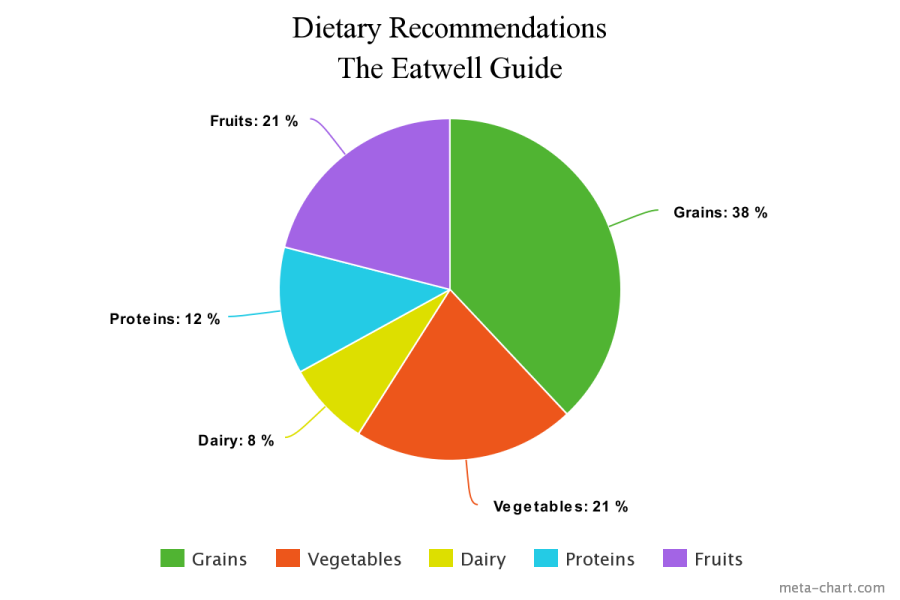
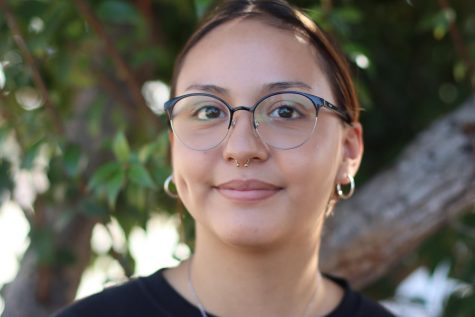



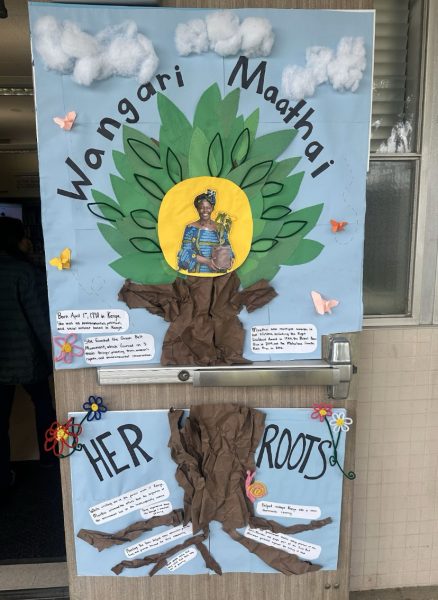

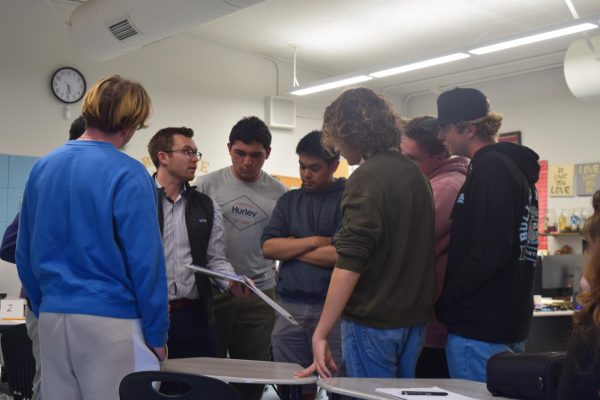



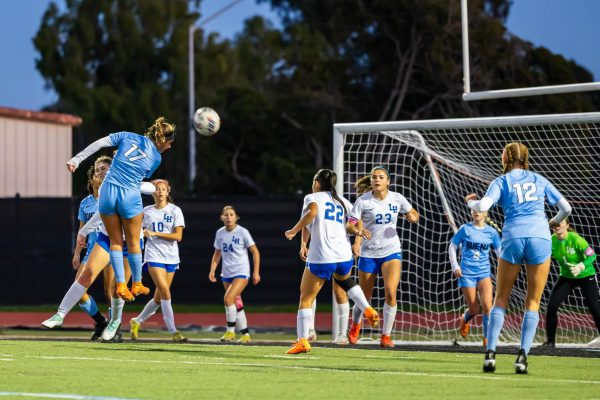
Bryant • Jan 20, 2023 at 11:44 am
Awesome article you always achieve to amaze.